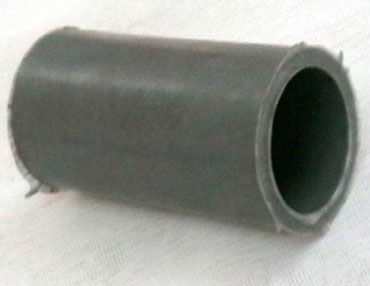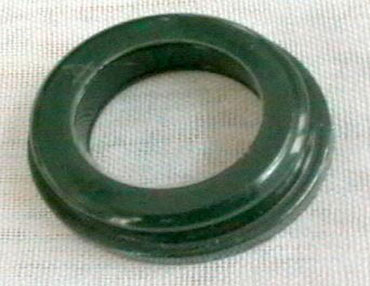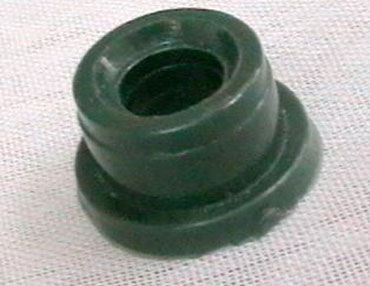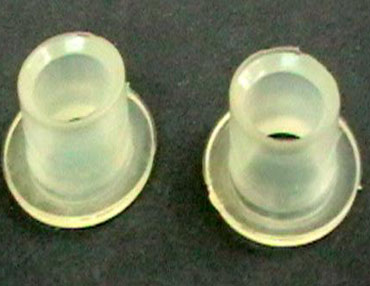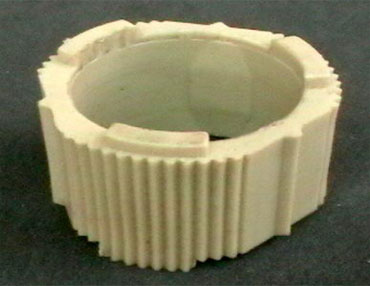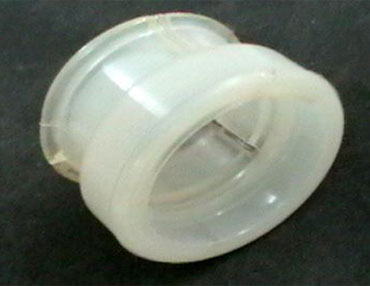About Polyurethane Automobile Parts
Polyurethane (PU) in the Automotive Industry
Polyurethane (PU) has emerged as a versatile and essential material in the automotive sector due to its durability, flexibility, and lightweight properties. It is widely used for manufacturing various vehicle components, enhancing performance and sustainability.
Applications of Polyurethane in Vehicles
-
Key Components
- PU is commonly used in:
- Bumpers
- Dashboards
- Seating components
- Interior trims
- Suspension systems
-
Material Properties
- Offers excellent resistance to abrasion, weathering, and chemicals.
- Can be formulated to achieve different hardness levels, suitable for rigid and flexible applications.
Advantages of Polyurethane in Automotive Design
-
Safety and Performance
- PUs energy-absorbing properties enhance safety by minimizing impact damage.
- Lightweight construction reduces vehicle weight, contributing to better fuel efficiency.
-
Production Efficiency
- The ability to mold into complex shapes allows for the efficient creation of custom parts, optimizing production processes.
-
Sustainability
- PU is recyclable and supports energy-efficient manufacturing, aligning with the automotive industrys focus on eco-friendly design.
Enhancing Vehicle Experience
Polyurethane contributes significantly to:
- Vehicle performance by optimizing functionality.
- Comfort through durable and ergonomic materials.
- Safety with impact-resilient designs.
Polyurethanes unique combination of properties makes it indispensable in modern automotive design, supporting cost-effective, sustainable, and high-performance production methods.
